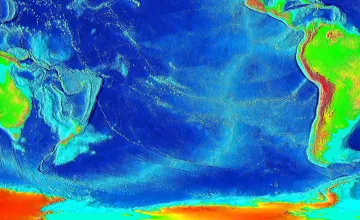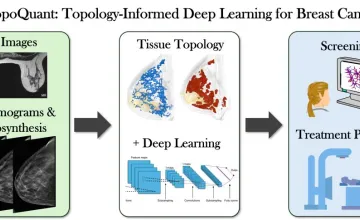AAU universities conduct a majority of the federally funded university research that contributes to our economic competitiveness, health and well-being, and national security. AAU universities are growing our economy through invention and innovation while preparing the next generation of scientists and engineers for global leadership. By moving research into the marketplace AAU universities are helping to create jobs, and provide society with new medicines and technologies.

UMD geologists uncovered evidence of a section of seafloor that sank into the Earth's mantle when dinosaurs roamed the Earth; it's located off the west coast of South America in a zone known as the East Pacific Rise.

Novel research supported by NCI could lead to more specific predictive disease models

A new University of Kansas study reveals parents seeking health care information for their children trust AI more than health care professionals when the author is unknown, and parents rate AI generated text as credible, moral and trustworthy.

Hypertension and amyloid plaques can separately cause dementia. Having both increases a person’s odds of developing cognitive decline, a new study finds
Explore More: University Research
You can filter stories by the university.
A long-term study that tracked how hundreds of species in The Carrizo Plain National Monument fared during the historic drought that struck California from 2012 to 2015 shows surprising winners and losers.
Researchers at the University of Pennsylvania have developed a gene therapy that treats a form of retinitis pigmentosa, a disease that progressively robs people of their night and peripheral vision before blindness develops.
A new Cornell-led study shows that trace metals, deposited by aerosols like dust and other particles in the atmosphere, have a hefty impact on marine biota, affecting biological productivity and changing the ocean ecosystem.
We only learn when there is uncertainty, says Yale University professor Daeyeol Lee
A Stanford-designed hybrid optical-electrical computer designed specifically for image analysis could be ideal for autonomous vehicles.
